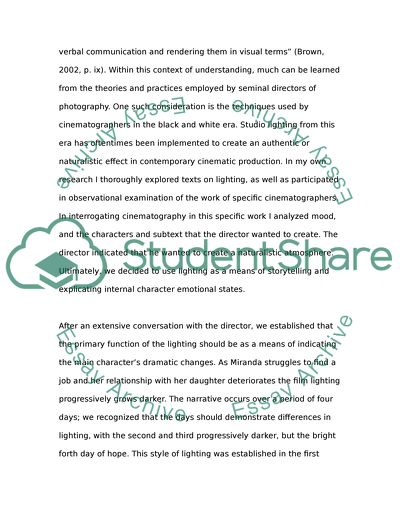Cite this document
(“Film journal Essay Example | Topics and Well Written Essays - 3750 words”, n.d.)
Retrieved from https://studentshare.org/journalism-communication/1393876-film-journal
Retrieved from https://studentshare.org/journalism-communication/1393876-film-journal
(Film Journal Essay Example | Topics and Well Written Essays - 3750 Words)
https://studentshare.org/journalism-communication/1393876-film-journal.
https://studentshare.org/journalism-communication/1393876-film-journal.
“Film Journal Essay Example | Topics and Well Written Essays - 3750 Words”, n.d. https://studentshare.org/journalism-communication/1393876-film-journal.


